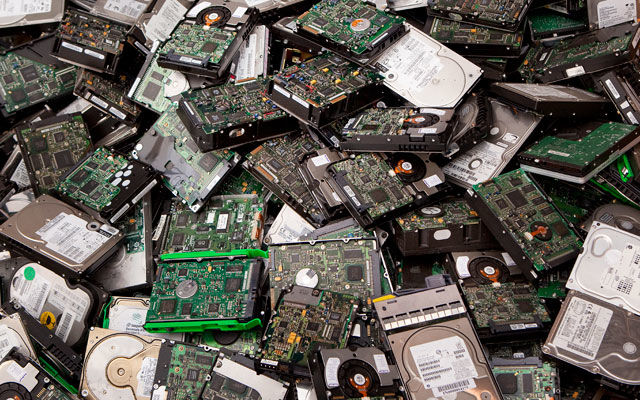For many businesses and professionals today, data disposal is at the forefront of their thoughts. Being able to keep private information secure and only seen by those who it was designed for is very important.
Unfortunately, it’s not always possible. Getting rid of old hardware can seem like a good way to get rid of it all, but what is someone else then uses that hardware themselves? That data just became active again.
It’s for this reason that data disposal has become such a challenging prospect. Let’s look at the various pros and cons of either keeping or removing old data.
The Good
- The most common way to get rid of a piece of data you need removed is to get physical. You can destroy most media without specialist tools – a hammer should suffice. It’s a good way to get rid of old CDs and DVDs as well as optical disk drives and hard drives if you feel the need. Permanent destruction is most likely when using physical damage.
- You can also use software to make the process easier, which is typically cheaper than you might expect. It can also be re-used again unlike the above, where the physical damage tends to render the device pointless or unusable once again.
- Restoration to factory settings is another popular choice and can be a quick, DIY solution. However, as mentioned below, you need to appreciate that factory settings are determined by the manufacturer and may not provide the depth of removal that you had previously needed.
The Bad
- When going for actual physical data disposal, it’s hard to know if you have done enough. You cannot, for example, physically destroy a device without having to then pay for a replacement to be used instead. Also, the creation of fragmented particles is a major environmental concern and has to be taken care of with yet more expensive due diligence to stay safe.
- When getting rid of data using software, you can never be sure its’ truly gone. For example, it can take multiple attempts – and many hours – to make this possible when using software to remove the data. It also rarely works if you are looking to clear a CD, for example, and it may even be impossible to remove certain media from a device making it a pointless endeavour in the wrong circumstances.
- Another option is to try and restore a device to factory settings – but that is not fail-proof, either. This relies on the manufacturer having implemented the right level of security for factory settings restoration. It might not be enough and only partially removes some of the information, leaving wasted space and conflicts in the future.
- Many times, people will just try and go with a basic re-formatting of the device, too. This is not enough and tends to be easy to recover the old data post-formatting. As such, getting rid of data just by using a format is not a useful method today.
For Data Destruction services see http://www.virogreen.co.uk/



